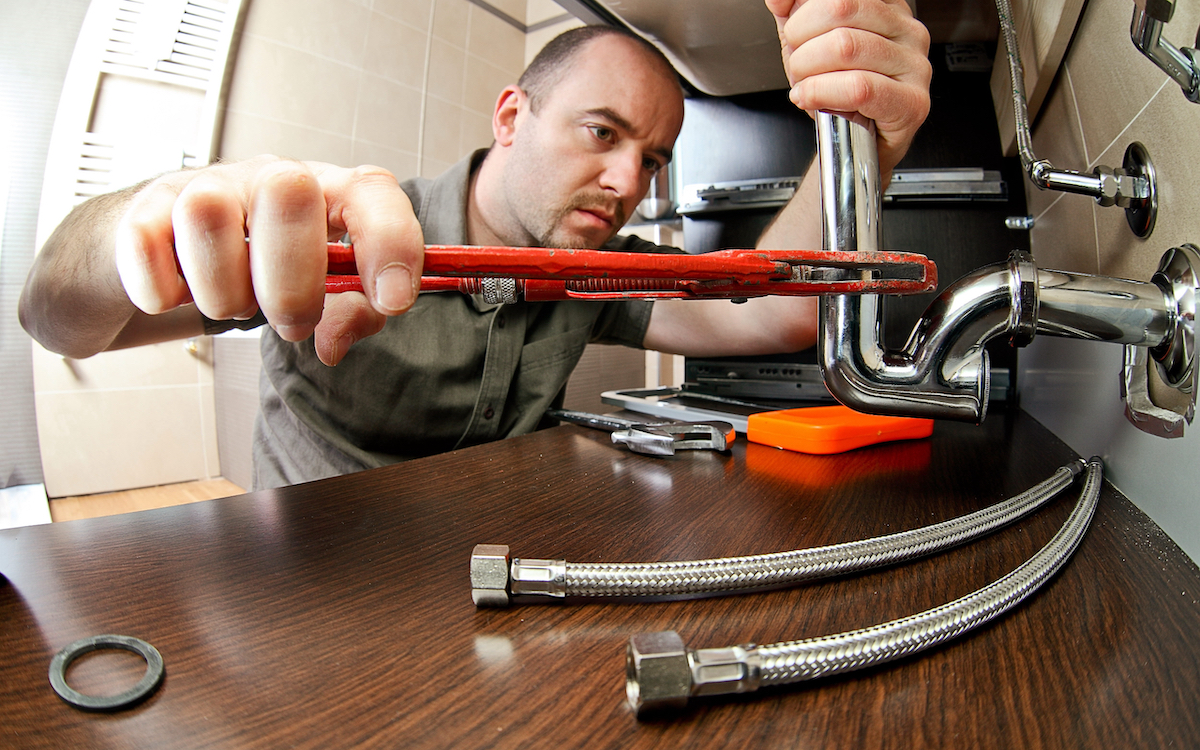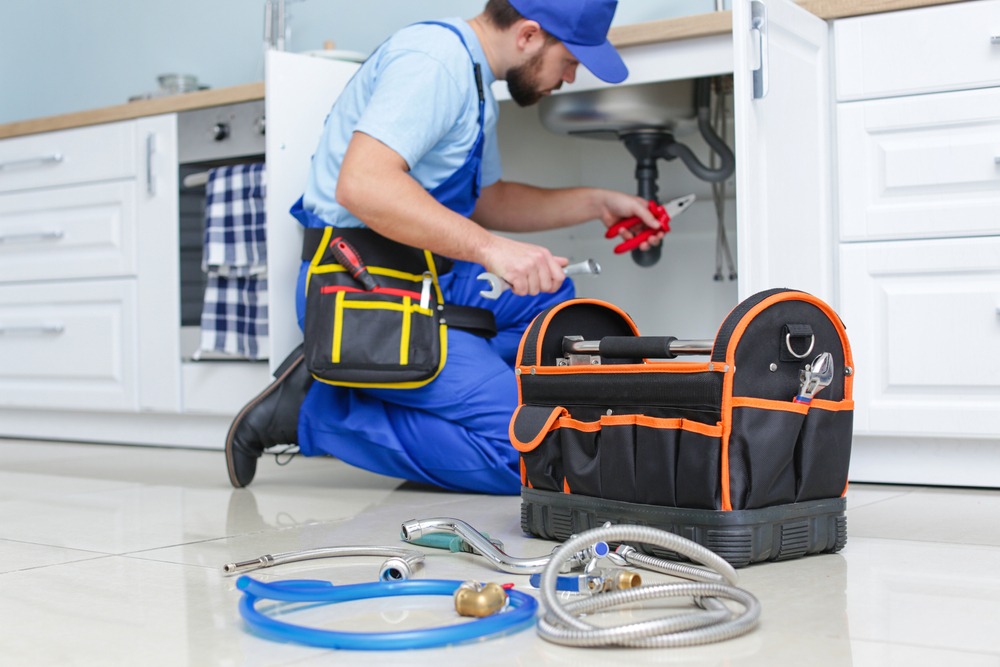Trusted Plumbing Services Alabaster AL for All Your Maintenances
Trusted Plumbing Services Alabaster AL for All Your Maintenances
Blog Article
A Detailed Guide to Effective Hot Water Heater Setup for Ideal Performance
Embarking on the task of mounting a hot water heater is a venture that demands precision and a methodical strategy for achieving optimal performance. The procedure begins with the essential decision of picking the proper heating unit tailored to the certain needs of your home, considering factors such as size, type, and energy source. Once selected, preparing the installment location to fulfill safety and security standards is vital. The trip does not finish right here. As you proceed, the ins and outs of attaching supply of water lines and establishing up reputable electrical or gas links wait for, promising insights right into guaranteeing effectiveness and dependability.
Choosing the Right Water Heater

Next, take into consideration the size and capacity of the hot water heater. It's crucial to evaluate your house's warm water needs, which can vary based upon the variety of passengers and their use patterns. An unit that's too small might bring about inadequate warm water, while a large version could lead to unnecessary energy intake.
Efficiency ratings additionally play a crucial role in option. Try to find hot water heater with high Power Factor (EF) ratings, showing exceptional efficiency and lowered energy use. Tankless designs, though generally a lot more costly in advance, offer substantial energy savings in time due to their on-demand home heating capabilities.
Preparing the Installment Area
Prior to installing a brand-new water heating system, precise preparation of the setup area is necessary. This ensures a smooth installment process and aids avoid future complications (Water Heater installation Alabaster AL). Begin by choosing an ideal area that follows regional building ordinance and safety criteria. The area should be completely dry, well-ventilated, and available for maintenance. It's vital to measure the area very carefully to suit the water heater's dimensions, guaranteeing ample clearance around the unit for reliable operation and servicing.
Inspect the floor for stability, as the water heating unit will require a solid, level surface area to operate properly. If required, mount a drip frying pan beneath the unit to catch possible leakages or spills, avoiding water damages to the surrounding location.
Additionally, ensure that all required devices and materials are on hand prior to starting the installment. This consists of items such as wrenches, screwdrivers, a degree, and any type of added hardware needed for securing the heating unit and placing. A well-prepared setup location sets the foundation for an effective water heating unit configuration, maximizing efficiency and safety and security.
Connecting Water Lines
When connecting supply of water lines to your recently set up water heating unit, it is important to make sure that all links are leak-free and secure to maintain reliable operation and prevent water damage. Begin by determining the cool and hot water supply lines. The chilly water inlet is commonly marked with a blue tag or a "C", while the hot water outlet is marked with a red tag or an "H".
Usage adaptable water heater ports to assist in an easier setup procedure. Before attaching the connectors, place a plumbing professional's tape around the threaded ends of the water heater's inlet and outlet pipelines.
As soon as connections remain in location, gradually turn on the major water system valve. Check each link for leakages by visually really feeling and inspecting for moisture. Tighten connections as necessary, and ensure the stress alleviation valve is properly installed, guarding against too much pressure accumulation.
Establishing Electrical or Gas Links
Effectively establishing the electrical or gas links for your water heating system is an important step to make certain efficient and secure procedure. For electrical water heating systems, start by validating that the electric circuit works with the heating unit's voltage and amperage needs. Make sure the power supply is transformed off at web the breaker to stop mishaps. Attach the electric cords to the heating unit adhering to the maker's wiring layout. Commonly, this entails connecting the ground wire to the green terminal, and the remaining wires to their equivalent terminals, protecting each with cable nuts.
For gas water heating units, safety and security is extremely important. Attach the gas line to the this link water heating unit using an adaptable gas adapter, ensuring it is effectively threaded and secured with pipeline joint compound or Teflon tape ideal for gas connections.
Once connections are made, examine for any possible leaks. For gas lines, use a soapy water solution to the joints; bubbles show a leak. For electrical links, double-check that all circuitry is safe and properly shielded, preserving compliance with local electric codes.
Changing and testing for Performance
With the electrical and gas connections firmly in position, the next action is assessing the functional efficiency of your hot water heater. Begin by carefully activating the water supply and guaranteeing there are no leaks at any of the valves or joints. When validated, proceed to fill up the storage tank, taking notice of the pressure and temperature level settings. It is suggested to set the thermostat to a recommended temperature of around 120 ° F(49 ° C) to balance energy performance and convenience.
Next, perform a thorough assessment to guarantee the burner or burner are operating appropriately. For electric heaters, make use of a multimeter to validate if the aspects are drawing the proper current. In gas designs, observe the heater fire; it should be blue and constant, suggesting reliable burning.
Adjust the settings as needed to get rid of inadequacies. Think about implementing insulation steps, such as including a hot water heater blanket, to further enhance performance by lessening warmth loss. Additionally, check the anode pole's condition, as a scrubby pole can minimize effectiveness and cause storage tank corrosion.
Conclusion
Effective hot water heater installation is important for making sure optimal performance and power savings. By selecting the proper type and size, and meticulously preparing try these out the installment location, a foundation for success is established. Safely attaching water lines and meticulously establishing up electrical or gas connections minimize possible problems. Comprehensive screening for leakages and precise thermostat changes to 120 ° F boost integrity and efficiency. Following these actions advertises long-term performance and energy conservation in domestic water furnace.

Effectively establishing up the electrical or gas links for your water heating system is a critical step to make certain effective and safe procedure. For electric water heating units, begin by validating that the electrical circuit is compatible with the heating unit's voltage and amperage demands. Attach the gas line to the water heating system using an adaptable gas port, ensuring it is effectively threaded and secured with pipeline joint substance or Teflon tape suitable for gas links.
Report this page